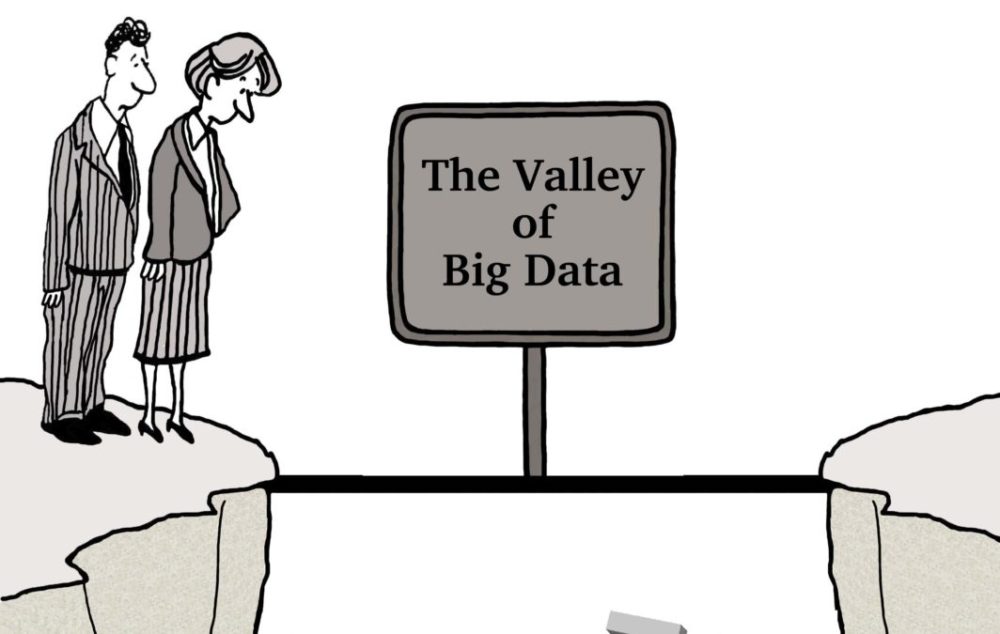Last year, the Economist ran a much-quoted article claiming that data is the new oil. Arguably, the analogy works: in the way that oil fueled the industrial revolution, data is the driving force behind many of today’s cutting-edge innovations, be it artificial intelligence, predictive analytics or automation.
Companies want to get their hands on it. With data, organisations can learn more about their customers and, in turn, sell them more things.
However, as organisations invest in data collection, analytics and storage in an attempt to capitalise on this oil rush, challenges have come to the forefront. The introduction of new privacy regulations, such as the EU’s General Data Protection Regulation (GDPR), reflect how the public are becoming more wary about what is happening with the vast amounts of data now collected about them. The prevalence of high-profile data breaches in the press has fuelled these concerns; while the Facebook – Cambridge Analytica privacy scandal highlighted the dangers of third parties accessing and manipulating user data.
For all of these reasons, criticisms over the way organisations collect data have become common. Many of these criticisms are based on social and ethical considerations — privacy is a human right. But there is another side to the debate: does the way organisations collect consumer data make business sense?
Blockchain and privacy: Can a form of distributed ledger solve the problem of privacy?
Information Age recently sat down with Jonathan Holtby, Community Manager at the Hub of All Things (HAT), he thinks that the way organisations use data is fundamentally broken.
The Hub of All Things is a platform for people to collect and store their own personal data. According to Holtby, The HAT is working towards a future where everyone has a private data account, like a current or savings account, that they control. The HAT acts like a personal data exchange, where organisations get the information they need by asking people for it directly.
It’s a radical shift from the way organisations collect and access personal data, but Holtby thinks is better not only for consumers but for organisations too.
He explained: “Most companies treat the personal data of their users in a way that is, at best, hamstrung and at worst completely dysfunctional.
“I would argue in the future most companies are going to want to have a pretty clear understanding of who their users are and who their customers are. They want to know as much as they can about those people. At best even the very biggest companies, today, have a very limited understanding of who their users are.

“The quintessential ‘I know who my user is kind of company’, I would argue at the moment, is Google. Many think of Google as being the company that has the most data about its users. If you are being charitable to Google you could say it knows everything it would possibly want to know about its users, but in reality, all they have is Google’s data. If Google ever wants to know non-Google data about its users, say their banking data or their health data, it either has to directly do that and therefore open up a new line of business with those users or it has to ask some other company that does do that for access to that information. That might be possible for Google, they have the means to sign the necessary licences and agreements. But everytime a company does that, it disturbs the relationship with their customers.”
will.i.am predicts Data Independence Day
For Holtby, there is nothing wrong with the consolidation of information. Organisations are doing it, he believes, because there are things they can offer customers that are valuable. But organisations need to be certain that customers are okay with it; organisations also need to ask if the data they are collecting is of good quality. According to Holtby, the best way to ensure data is trustworthy is to put the consolidation centre in the hands of the users themselves.
It’s a fair point, the abundance of personal data produced from disparate sources has made the task of identifying relevant insights seem colossal. Data discrepancies have been plaguing organisations for years — many of us are familiar with receiving an online advertisement that is out of touch with our place in the market.
Holtby argued: “It would be easier for me as a person to say here’s all of my information from all the different places that I live my life then, it would be for an external organisation to find for themselves a picture of who I am.
“I know me and nobody else really does, and so the fundamental reason why HATs are a good idea is that they provide a path for a company to have a direct one-to-one relationship with a user with the whole picture of information about their lives. It’s a case of having more and better data.
“More and better data comes with two caveats: the user is in complete control, they can consent to what data is and is not available, secondly, more and better data has to be a valuable transaction for the user. We find that in many of the most exciting places where HATs are already being used, it’s not just a little bit better, it’s way better; the understanding of me as a complete person is so much better than an understanding a fraction of me. You can imagine a much better user experience because of it.”
The most common mistakes in data preparation







